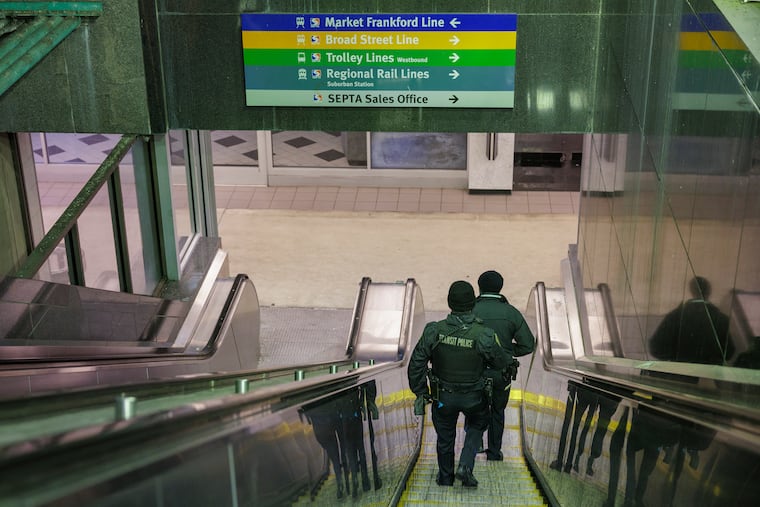SEPTA’s ‘archaic’ security cameras foil plans for a program that would use AI to detect guns
SEPTA ended the AI surveillance program amid a spike in violent crime across the transit system.

SEPTA ended the AI surveillance program amid a spike in violent crime across the transit system.
